Yates Account
Join now
Create a Yates account today!
Sign up to join the Yates Garden Club for monthly e-mails packed with seasonal inspiration, tips for success & exclusive promotions.
Plus if you’re a Garden Club member you can take part in the Yates Growing Community - a blog to share successes, get advice & win prizes in fun challenges along the way!

Forgot password
Enter the email address associated with your account, and we'll email you a new password.
It’s surprising how much is going on in the winter garden. Flower buds might take their time to open, but the resulting blooms last for ages. Leaves finish falling from deciduous trees and begin to break down into natural compost. Winter bulbs begin to flower and for some flowers, winter's when they put on their best show.
Take special care with plants that come from warm areas. If in pots, they can be moved indoors or into a more sheltered spot – under the eaves or next to a wall would be good choices. In the garden, hammer three or four stakes around cold-sensitive plants. Then, when a really cold night is predicted, it'll be easy to throw a protective blanket or sheet of plastic over the stakes (but don’t forget to take it off in the morning!).
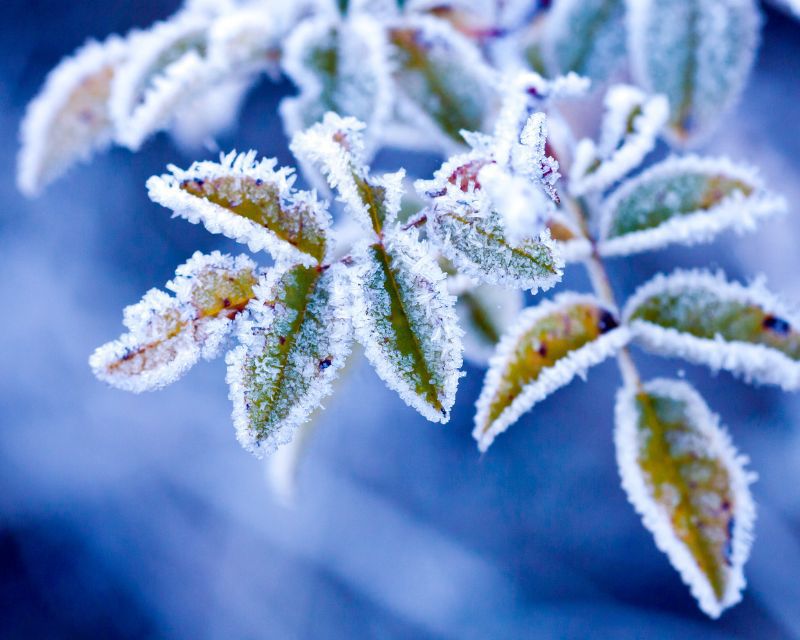
Soil Conditioning
Wherever you have empty space in the vegie garden, take the opportunity to leave it empty over winter. The old term ‘to lie fallow’ meant that the field would be ploughed, manured then left unplanted until the next season. It’s a valuable practice so, if you can, clean out the remains of the last crop, dig in some compost and Yates Dynamic Lifter and leave the bed to rest for a few months.
Winter pruning
Long-flowering summer shrubs that are best pruned in winter include fuchsias, crepe myrtles and roses.
Prune the hydrangea shoots that flowered last season. Prune tibouchinas that have finished flowering. This can be done in early winter in frost-free areas, but it’s best to wait until late winter in cooler parts.
Prune deciduous fruit trees and grapes that weren’t cut back after fruiting. Find more details on pruning fruit trees here.
Prune all the long-blooming roses and spray with Yates Lime Sulfur Concentrate to clean up pests and diseases. Find more details on pruning roses here.
Towards the end of winter give photinias, viburnums, murrayas and other hedging plants a trim.
Winter pest control
Many garden pests take shelter during winter, so this is the perfect time to seek out their hiding places and try to get rid of them. Otherwise, if left alone, they’ll make it through winter and start building up their numbers again in spring.
- Clean up loose bark and other winter hiding places near apple and pear trees to destroy hibernating codling moth cocoons.
- Deciduous fruit of all types should be given a cleanup spray with Yates Lime Sulfur Concentrate after leaf fall and again before the new leaves come out in spring. For leaf curl, treat with Yates Liquid Copper Fungicide Concentrate at bud swell.
- Refer to our winter spraying guide for fruit trees here.
Winter in the edible garden
- Winter lettuce, cabbages and relatives, onions, peas and broad beans are all growing well. Keep feeding them with Yates Thrive Fish Blood & Bone Plant Food Concentrate and watch for pests. Most sap suckers (aphids etc) and caterpillars can be controlled with Yates Nature's Way Organic Citrus, Vegie & Ornamental Spray Ready to Use.



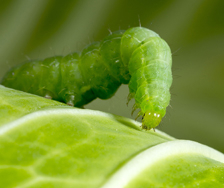
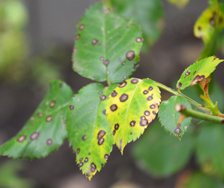
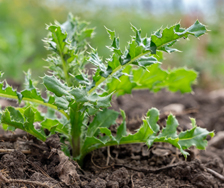
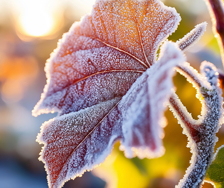










Share
Share this article on social media